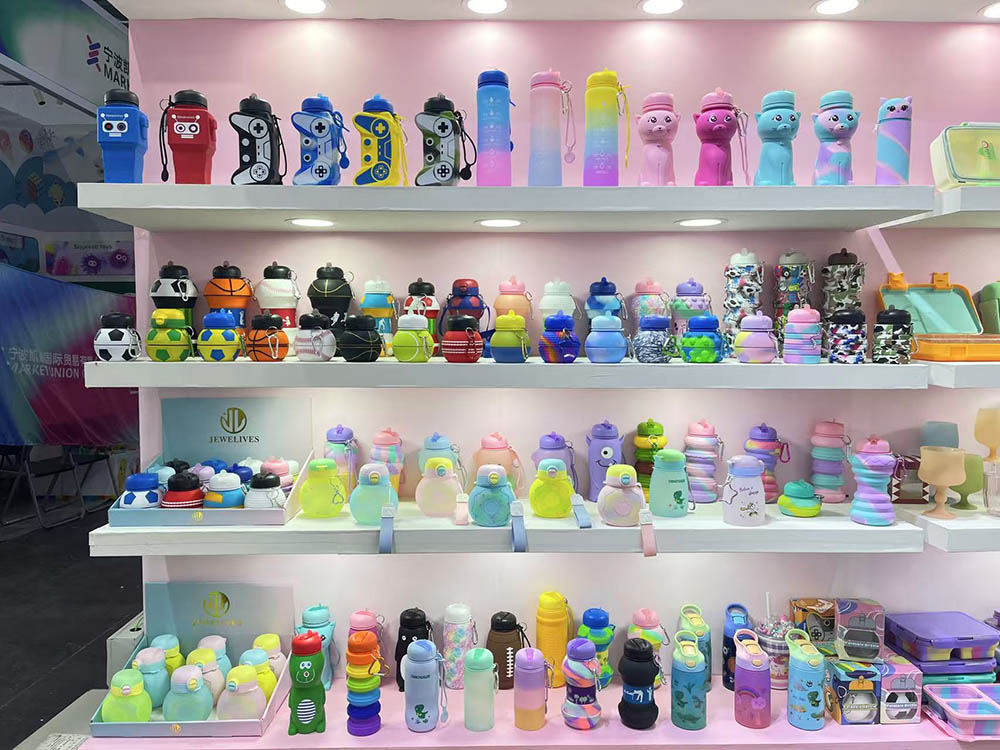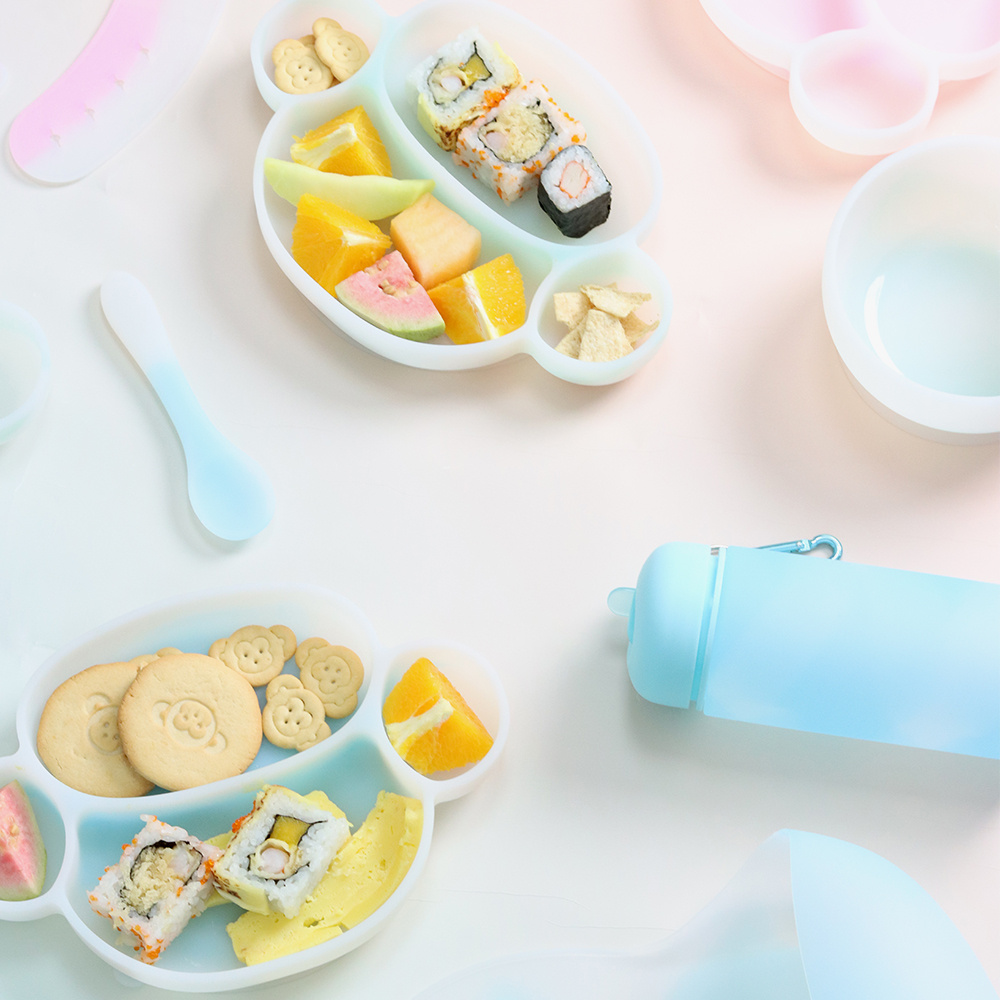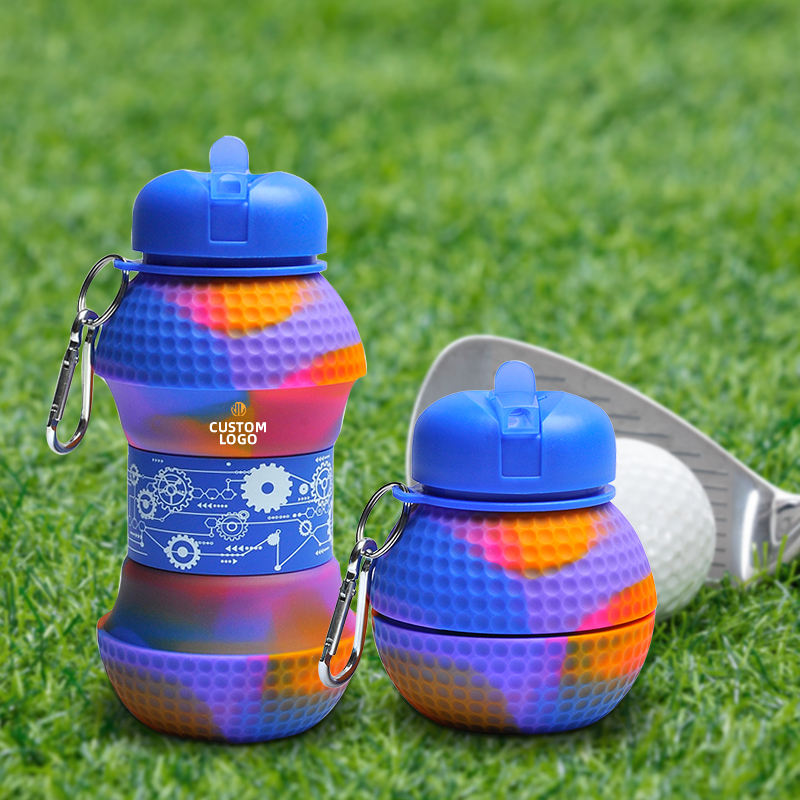Содержание
Are Silicone Water Bottles Safe to Use Every Day? Here’s What You Need to Know
If you’re exploring alternatives to plastic drinkware, you may be wondering: Are silicone bottles safe for daily use? As more people make the shift toward sustainable and reusable options, silicone water bottles and coffee cups have become a popular choice. But how do they measure up in terms of safety and performance?
In this article, we’ll explore whether silicone is a safe material for hydration and why it might be the best choice for your on-the-go lifestyle.
Is It Safe to Drink from a Silicone Bottle?
Yes, food-grade silicone bottles are completely safe for daily use. High-quality silicone that meets international food safety standards is free from harmful substances and does not leach chemicals into your beverage. As with any reusable bottle, it’s important to clean it regularly to maintain hygiene and ensure long-term use.
Silicone Bottles vs Plastic Bottles: A Safer Choice
Plastic water bottles—especially low-cost or single-use types—often contain Bisphenol A (BPA), a chemical that can pose health risks with prolonged exposure. Even BPA-free plastics may release other potentially harmful compounds under heat or repeated use.
By contrast, silicone water bottles that are LFGB or FDA certified do not contain BPA, phthalates, or other toxins. They remain stable under extreme temperatures and do not break down into microplastics, making them a healthier, more environmentally friendly alternative to plastic.
Key Advantages of Using Silicone Water Bottles
| Характеристика | Benefit |
| Non-Toxic | Made from BPA-free, food-grade silicone for worry-free hydration |
| Экологически чистый | Reusable and long-lasting—reduces the need for disposable plastic |
| Collapsible | Flexible design allows for easy storage in bags, backpacks, or pockets |
| Durable | Resistant to cracking, tearing, and temperature fluctuations |
BPA-Free and Non-Toxic
Health safety is a major advantage of silicone bottles. They do not absorb flavors or odors, and they won’t release harmful chemicals—even when exposed to heat. This makes them ideal for both hot drinks like coffee and cold water during workouts or outdoor activities.
Environmentally Responsible
Choosing a silicone bottle means cutting back on plastic waste. Instead of buying single-use water bottles or coffee cups every day, a reusable silicone bottle can serve you for years. This simple switch significantly lowers your carbon footprint and helps protect marine life from plastic pollution.
Convenient & Portable
Silicone’s flexibility allows bottles to be folded or rolled when empty, taking up minimal space in your bag or luggage. Whether you’re traveling, commuting, or heading to the gym, a collapsible water bottle is a lightweight and space-saving solution.
Built to Last
Silicone is known for its toughness and heat resistance. Many silicone bottles are dishwasher safe and microwave safe, withstanding everyday wear and tear far better than most plastics or even glass. With proper care, a high-quality silicone bottle could easily last 10–20 years.


Why Choose Jewelives Silicone Bottles?
На сайте Jewelives, we specialize in manufacturing premium silicone products that combine aesthetics, performance, and safety. Our bottles are:
- Made from LFGB-certified food-grade silicone
- Available in collapsible, travel-friendly designs
- Manufactured in ISO 9001 and GMP certified facilities
- Designed with customization options for branding or retail
With 21 years of experience and more than 500 patents annually, we deliver silicone solutions trusted by global brands.
Final Thoughts
If you’re ready to move away from plastic bottles and toward a safer, more sustainable solution, силиконовые бутылки для воды are a smart choice. They’re practical, health-safe, eco-friendly, and built for everyday convenience.
Browse Jewelives’s collection of BPA-free silicone water bottles today—or get in touch to customize your own design.



